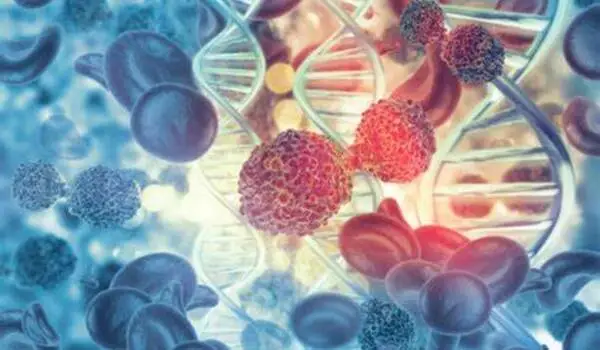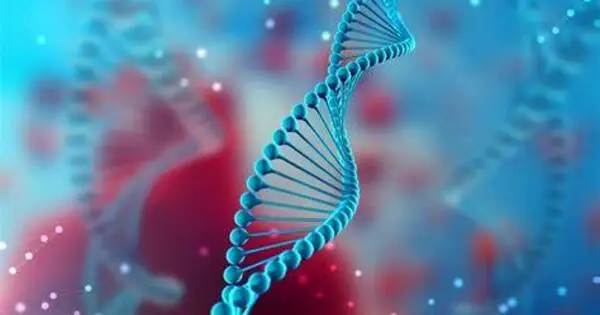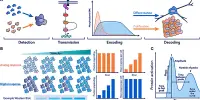New research is increasing scientific understanding of why some people are more allergic than others. Researchers at the University of Pennsylvania’s Perelman School of Medicine discovered how genetic changes that modify a specific protein known as ETS1 can affect our bodies’ reaction to allergens. They discovered that minor alterations in ETS1 in an animal model can enhance the likelihood of allergic reactions that cause inflammation. The findings were recently published in the journal Immunity.
According to the Centers for Disease Control and Prevention, allergies are the sixth leading cause of chronic illness in the United States, costing more than $18 billion per year.
While previous research has established a strong genetic basis for allergies and identified specific genetic sequence variations which predispose for these chronic diseases, how our DNA can affect our chances of developing an allergy remains unclear. But understanding this could lead to improved research and potential new treatments.
We discovered that these interactions, work like a dimmer switch. When there are changes in the DNA in this area, it can mess up the dimmer switch, causing problems with controlling the ETS1 protein. This can lead to imbalances in our immune cells and cause allergic inflammations.
Golnaz Vahedi
By using modern genomics and imaging techniques, a collaborative team of researchers co-led by Penn’s Golnaz Vahedi, PhD, an associate professor of Genetics, and Jorge Henao-Mejia, MD, PhD, an associate professor of Pathology and Laboratory Medicine, found that the ETS1 protein plays a role in controlling a type of immune cell called CD4+ T helper cells, which are important in allergic reactions and help orchestrate the immune response by activating and coordinating other immune cells.
DNA interactions within the genomic segment encompassing the ETS1 gene control how much of the ETS1 protein is made.
“We discovered that these interactions, work like a dimmer switch,” said Vahedi. “When there are changes in the DNA in this area, it can mess up the dimmer switch, causing problems with controlling the ETS1 protein. This can lead to imbalances in our immune cells and cause allergic inflammations.”

While there has been progress in understanding genetic traits that follow predictable patterns, like those passed down from parents, it’s been more challenging to understand conditions that involve many different genes and are common in populations. These complex conditions cannot be explained by simply “turning off” one gene.
Instead, they could be generated by tiny changes in the DNA that alter how genes interact. However, researchers still don’t understand how these DNA modifications relate to how our genes are arranged or how they affect gene expression in most complex disorders.
“This study shows how modest variations in our DNA can disrupt the balance of immune cells, resulting in large observable characteristics in patients. This behavior may occur in other prevalent conditions, such as autoimmune disorders,” Henao-Mejia explained.













